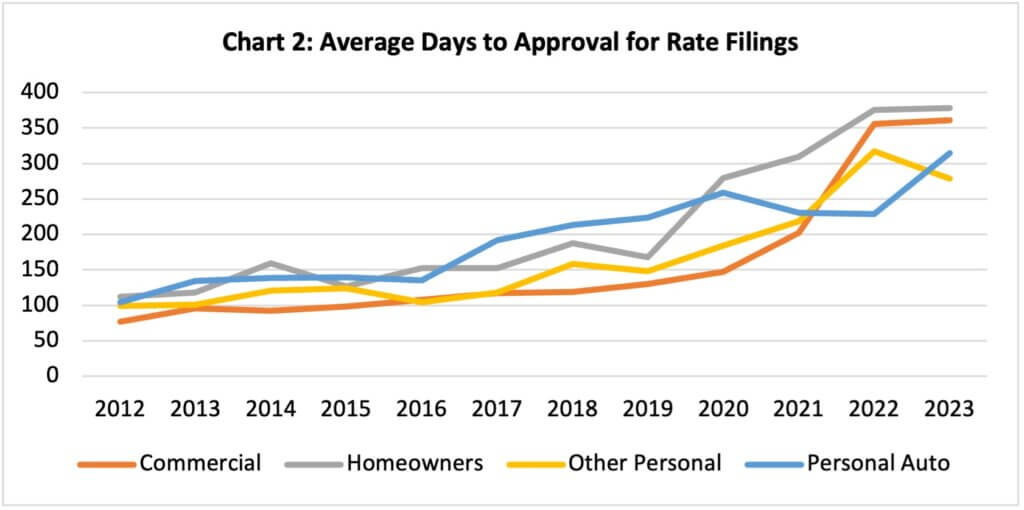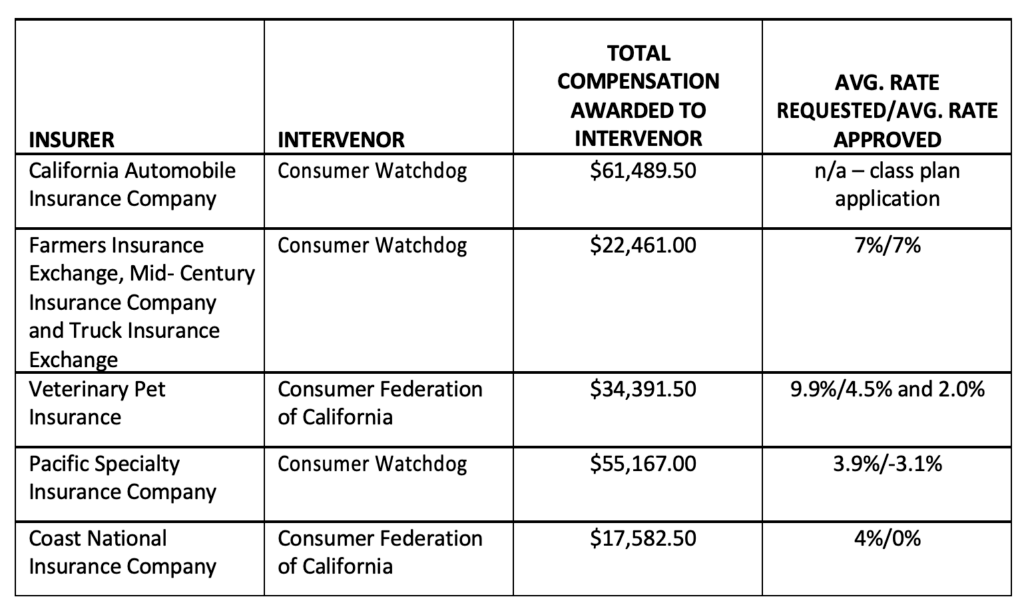The State of Washington has some of the most thorough actuarial / competitive analysis support requirements for rate filings out of all 51 U.S. jurisdictions. To obtain approval on a commercial lines new program or a rate filing revision, specific steps must be followed, or your chances of approval quickly diminish. Based on decades of actuarial consulting to insurance companies writing business in Washington, we have seen what helps improve the chances of speedy approval – and what gets in the way. Following the below steps will help ensure a more timely approval in this highly regulated state.
New Program Filings:
Bureau Based Filings
Filing to adopt the loss costs and rules of the Insurance Services Office (“ISO”), for example, is a type of bureau-based filing. While these are the easiest to obtain state approval – since the bureau loss costs are already approved – you are still required to support the loss cost multiplier (“LCM”) and any state exceptions. The LCM consists of commissions, taxes/licenses/fees, other acquisition expense, general expense, and profit load. These must be supported based on your historical expenses (or industry expenses if historical data is not available) and should not deviate from the historical averages without support. For long tailed lines, like commercial auto liability and commercial general liability, you must also include an increased limit factor (“ILF”) risk load offset in the LCM (which tends to lower the overall LCM from the indicated). In addition, deviating from the LCM, which is usually done by incorporating a loss cost modification factor (“LCMF”), requires full support either from competitors approved in the state or historical data.
Independent Rating Plans
If your rating manual is not based on a rating bureau, you will need full support for the base rates and any rating factors in the proposed rating plan. If your rating plan is not an exact copy of an approved Washington competitor’s rating plan, any deviations will need to be supported with a competitive analysis. A comparison of base rates and all rating variables will be required to ensure they are not inadequate, excessive, or unfairly discriminatory. In addition, expense offsets are required as discussed in more detail below.
Filings Based on Competitors
Our lengthy actuarial consulting experience in Washington has shown us that one of the best ways to get an independent rating plan approved is to base your filing on another approved Washington competitor manual. You must supply the Department with the SERFF# as well as the Washington Department approval # on any competitor analysis. Note that any deviation from that competitor plan must be fully supported using other approved competitors or with applicable historical premium/loss data.
While Washington technically does not permit filings based on other competitors, they are permissible if you derive the loss costs of your competitors and load in your own underwriting expenses and profit load. A filing will not be approved without using this method to derive the base rates, so it is likely that your Washington rating manual will deviate from the manual you are using in other states. It is also very possible that the competitor manual upon which you want to base your rates is not approved in Washington, meaning you may need to select a different, Washington-approved competitor.
Return on Equity Exhibits
These are required in your filing submission to support the underwriting expenses and profit load, but unlike most other states, Washington is only interested in your return on insurance operations, not your total return on equity. The return on insurance operations, in general, cannot be above 5.0%. Many times, profit load, or other figures in the exhibits, require adjustments to pass this requirement. While there are other alternative methodologies the Department permits, making adjustments to a return on equity model is usually the best way to meet this requirement. For Bureau based filings, it is also likely that your LCM will be different in Washington compared to other states.
Filing Memo
Explaining the derivation of your rates in detail is important to obtain approval. You should explain the exact steps taken to develop the rating manual, providing your step-by-step process to derive the rates and rating factors. Further, each insurer must include the name of its statistical agent, per statute requirements. It is possible to not receive any objections from Washington and get a timely approval if all the above guidelines are carefully followed.
Rate Filing Revisions:
Actuarial Support
If you are making a rate revision to a currently approved program, any changes need to be fully supported. If you are taking a base rate increase, in general, an overall rate level indication is required. A rate indication indicates the estimated rate change necessary on an aggregate basis. If you are making any changes to your rating variables, a class plan analysis is required. A class plan analysis will review some or all the rating variables in your rating manual, based on data availability, excluding the base rate. If you are looking to make a rate revision based on competitor rates rather than actuarial data, a detailed competitor analysis is required, showing how the base rate or rating factor deviations are justified.
Actuarial Memo
While a filing memorandum is necessary for a new program filing, an actuarial memo is required for a rate filing revision when historical data is used to support your filing. Your rate level impact should be in line with the rate level indication (i.e. an increase / decrease should not be above / below the indication). If you are making changes to rating variables, it is important that your class plan analysis supports each change accordingly. Always give as much detail as possible supporting why you selected a particular change to a rate or rating factor to prevent unnecessary questions.





















